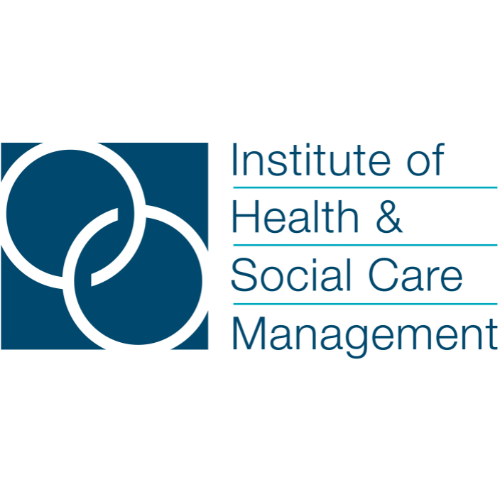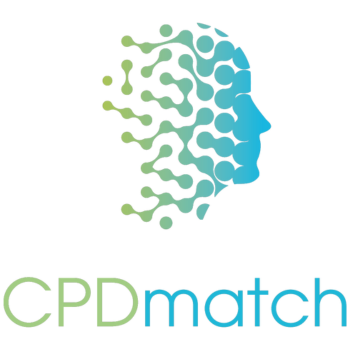Current Climate & Challenges
The NHS continues to face significant safety and quality challenges: over 13,500 avoidable deaths annually, with infections, maternity, and diagnostic delays revealing systemic weaknesses. Backlogs in hospital infrastructure—totalling £13 billion—and outdated digital systems introduce both clinical and cybersecurity risks.
The sprawling patchwork of safety oversight NGO’s, fragmented data, and inconsistent risk governance cultures are undermining patient safety and inhibiting rapid incident response
Timeliness of the Event
The NHS’s 10-Year Health Plan (3 July 2025) emphasises three strategic shifts—hospital → community, analogue → digital, sickness → prevention—while placing patient safety and risk reduction at its core. It commits to abolishing or merging six overly complex NGO’s, implementing an AI‑led early warning system, rejuvenating the National Quality Board, and strengthening transparency and performance data.
The 'Dash Review'—a forthcoming independent patient‑safety landscape assessment—is set to overhaul safety governance.
This conference arrives at the precise moment when policy is becoming reality—and NHS organisations must build systems capable of preventing harm and managing risk proactively.
Key Subjects Covered
- Governance transformation: Navigating the abolition of quangos, clarifying safety oversight roles, and ensuring effective board accountability.
- AI & early warning systems: Implementing predictive tools that flag risks in real time, integrated with clinical workflows and patient safety frameworks.
- Incident learning cultures: Embedding open reporting, transparent follow-up, and use of PSIRF, HSSIB, and ‘Martha’s Rule’ interventions.
- Infrastructure & cyber hygiene: Addressing capital deficits in facilities and cybersecurity risks through patch management, resilience strategies, and emergency preparedness.
- Data integration & patient records: Reducing risk by consolidating paper and digital records into a unified "patient passport", governed for safety and privacy.
- Workforce risk capability: Developing risk-awareness training, multidisciplinary governance committees, and building safety leadership capacity under the People and Quality frameworks.
Why Attend
This event is essential for NHS trust leaders, board members, clinical governance leads, quality and safety managers, and ICS executives:
- Gain clarity and confidence in navigating the dismantling and reformation of safety oversight structures from quangos to empowered local boards.
- Learn how to implement and govern AI-led early warning systems, ensuring predictive safety intelligence complements rather than complicates care.
- Acquire practical tools and frameworks—from risk governance templates and incident review workflows to PSIRF alignment and Martha’s Rule implementation.
- Discover real-world case studies of trusts managing infrastructure risk, cybersecurity patching, and embedding open safety cultures.
- Understand data risk mitigation strategies to support the NHS App’s "patient passport" initiative while maintaining privacy and interoperability.
- Network with patient safety experts, system regulators, and peer NHS organisations to share proven risk-management solutions.
- Leave with ready-to-use outputs: governance maturity matrices, AI risk‑tool deployment guides, safety culture audit checklists, and resilience action plans to manage risk at scale in your organisation.
This event is a must‑attend for those accountable for safety, risk, and quality in the NHS. As the 10‑Year Plan transitions from policy to practice, we have a once-in-a-generation opportunity to redesign the system from a culture of reacting to crises toward one of proactive prevention—placing patient safety and accountability at the centre of care.























